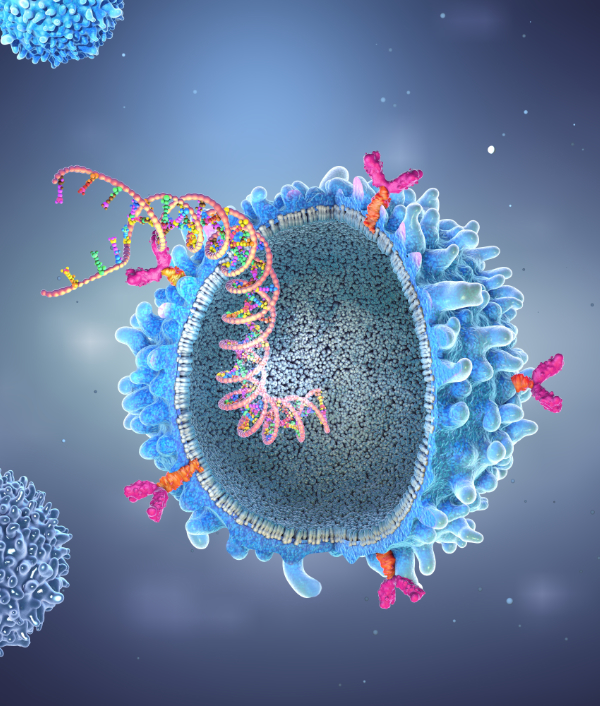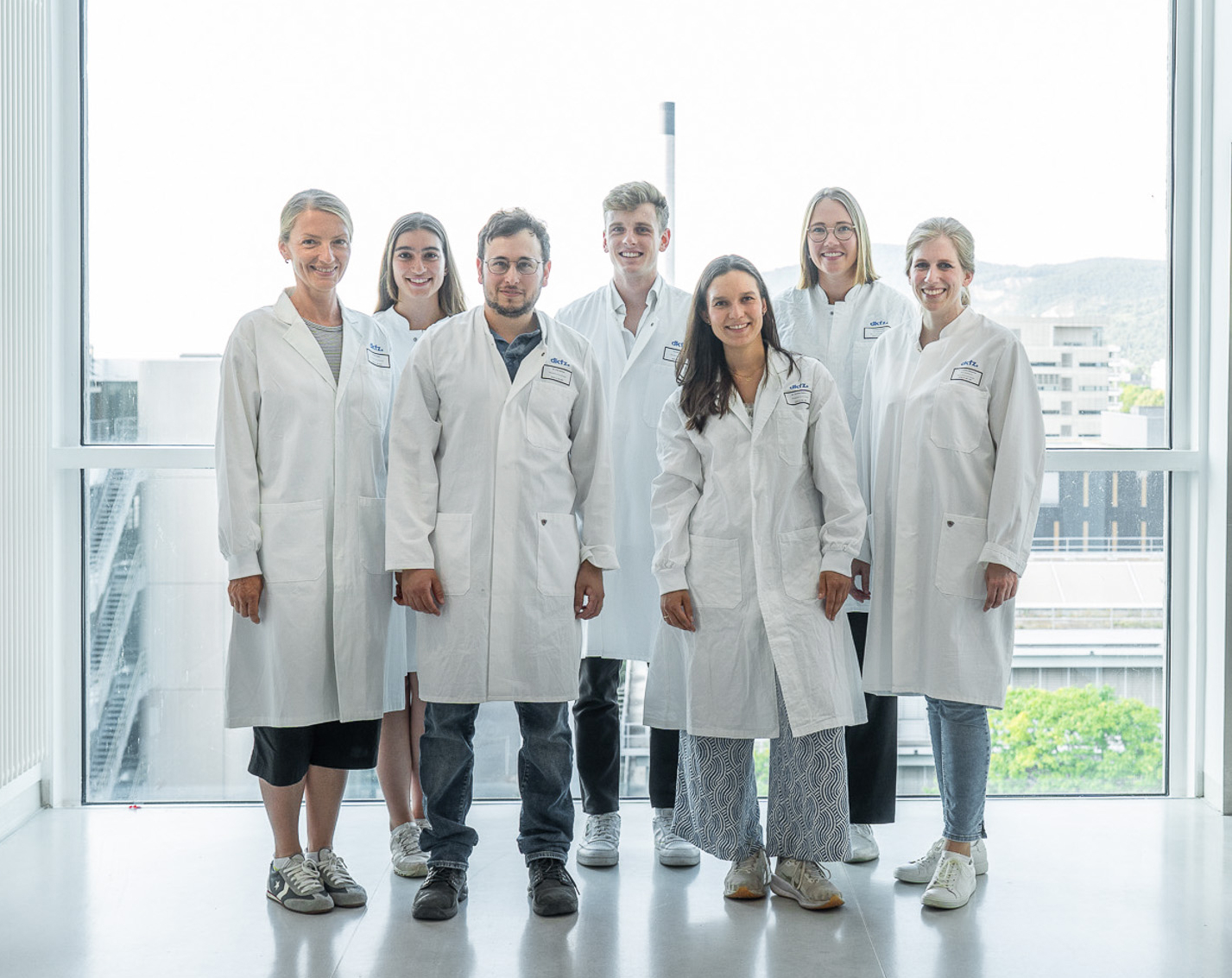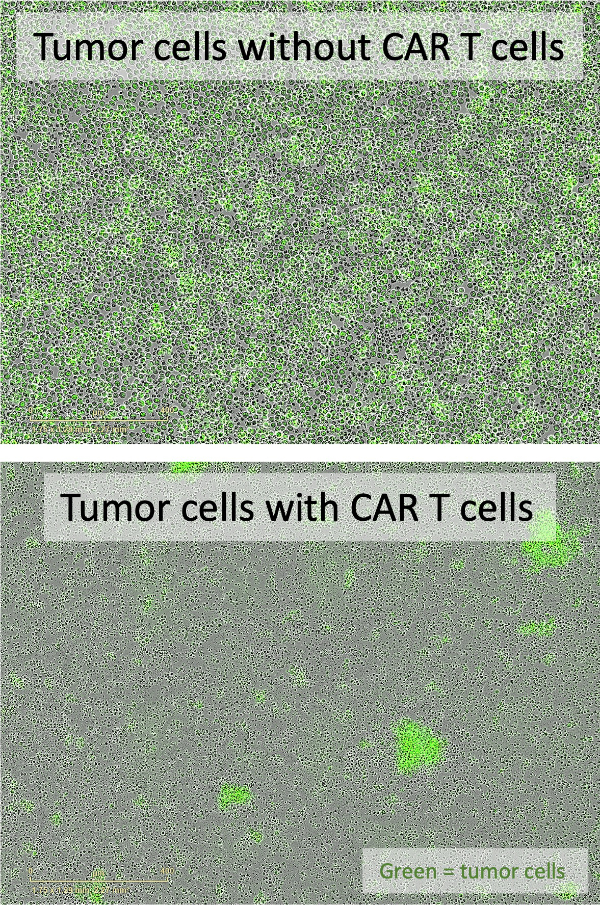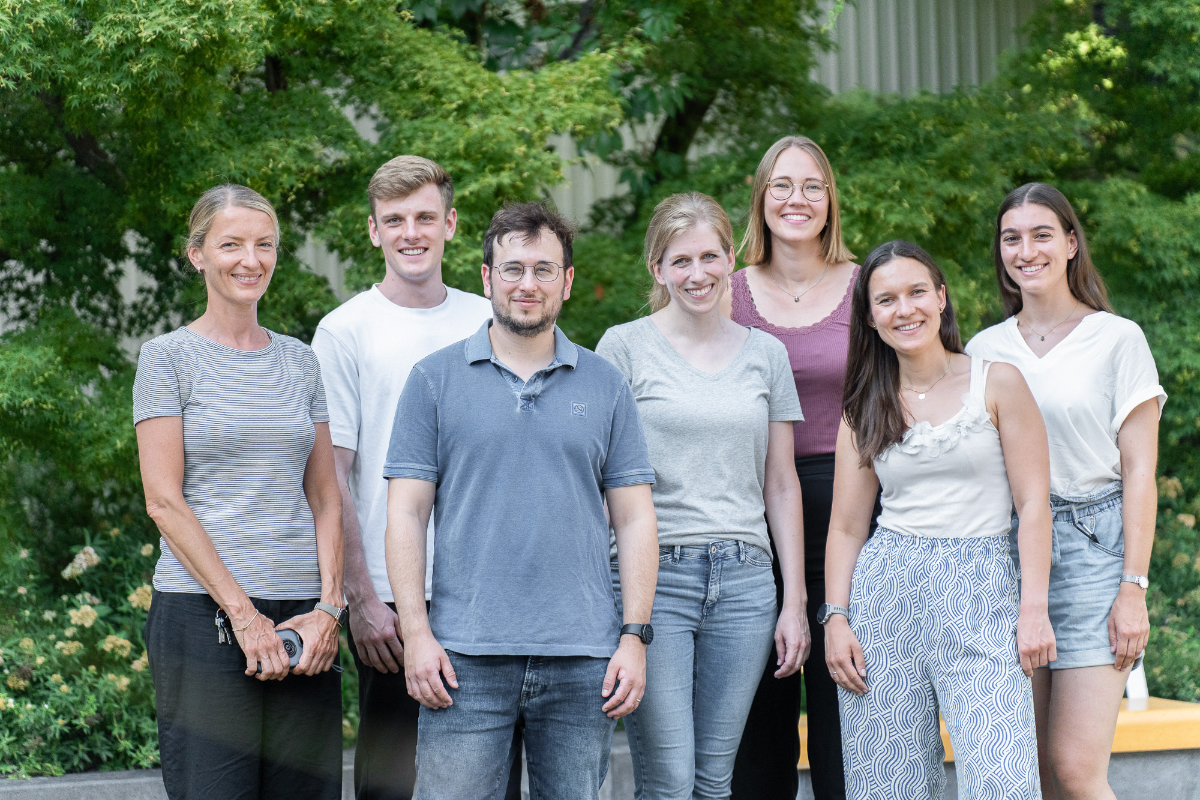Spotlight - Blaeschke Group
CAR T cells in theory and practice
What is CAR T cell therapy?
CAR T cell therapy is an innovative treatment that uses a patient’s own immune cells to fight cancer. First, we take T cells (a type of immune cell) from the patient. These cells are then genetically modified so they produce a special receptor, called a chimeric antigen receptor (CAR). This receptor allows the T cells to recognize and attack tumor cells. After this modification, the T cells are returned to the patient, where they can seek out and destroy cancer cells. CAR T cell therapies have already shown remarkable success in treating certain blood cancers, such as leukemia and lymphoma.
Challenges and new strategies
While CAR T therapy works well in blood cancers, it is still less effective in solid tumors. To improve CAR T cells, scientists are exploring many strategies: for example, changing the receptor design, adjusting the genetic insertion site, or equipping the cells with extra “tools.” These tools could include additional receptors to help the T cells enter tumors, or small proteins (like cytokines and chemokines) that activate other immune cells. In the past, each idea had to be tested one by one—a process that was slow and costly.
Our research approach
In our lab, we use CRISPR-based screening methods that allow us to test hundreds to thousands of CAR T cell variations at the same time. This makes it possible to quickly identify which modifications truly improve tumor targeting and function. For example, we can introduce hundreds of different receptors into CAR T cells and then determine which ones help them move into solid tumors in experimental models. To achieve this, we combine advanced techniques such as genetic engineering (CRISPR/Cas9, viral systems), cell culture, flow cytometry, next-generation sequencing, spatial technologies, and functional testing in vitro and in vivo. Our work is highly collaborative, involving close partnerships with colleagues at DKFZ, KiTZ, and UKHD, as well as national and international research teams.




